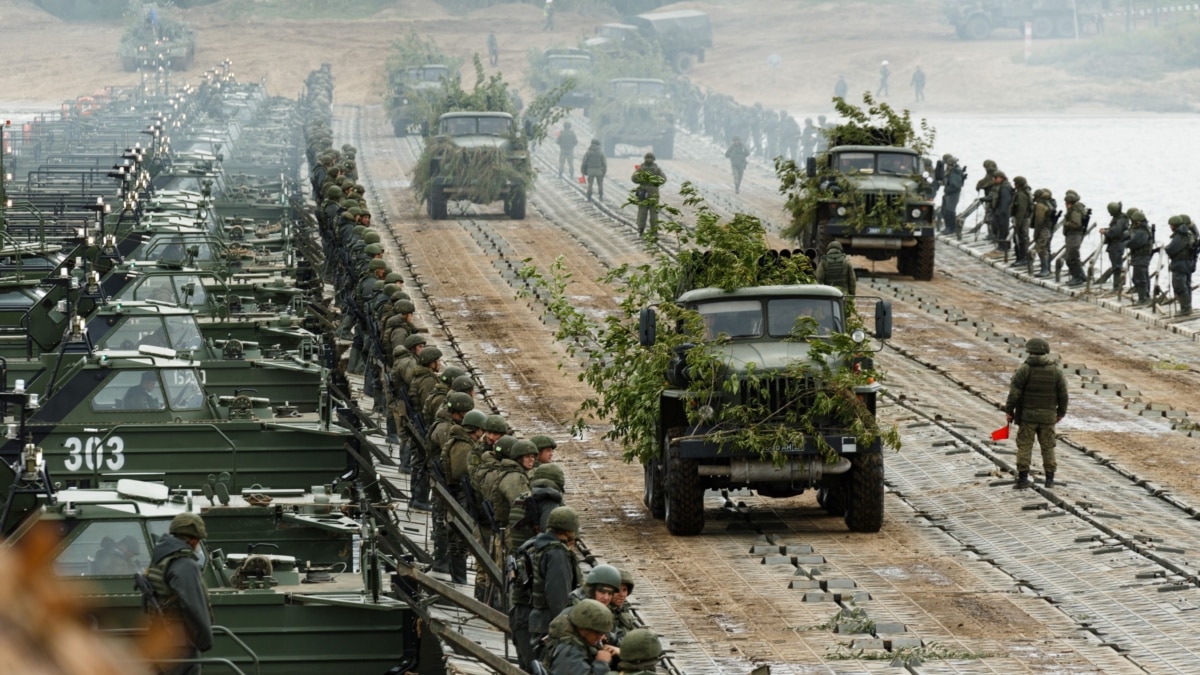On April 13, Ukrainian ground powers allegedly terminated two Neptune hostile to deliver rockets at the Russian rocket cruiser, Moskva, lighting a fire that in the end sank the famous leader of the Russian Navy's Black Sea Fleet. It is being contended that the maturing boat's radar frameworks were not working as expected and that US knowledge gave the Ukrainian military focusing on information, which empowered it to hit the Moskva with deadly precision. The embarrassment was intensified when, three days prior, a second Russian warship was allegedly hit and sunk at Snake Island, close to Odessa. With the Russia-Ukraine battle in its third month, Kyiv says 25,000 Russian warriors have lost their lives battling difficult Ukrainian military obstruction. Moscow, nonetheless, puts its tactical losses at 1,300 and regular citizen setbacks at around 3,000.
Stunning setbacks have likewise been incurred for Russian shielded sections, whose advanced T-90 tanks were supposed to turn over Ukraine's less skilled T-80UD tanks. The Ukrainian unfamiliar service guarantees that Russia has lost 176 airplanes, 153 helicopters, 838 tanks, 2,162 defensively covered staff transporters and 1,523 different vehicles. As indicated by reports, 12 Russian officers have been killed on the bleeding edges since the intrusion started in late February. Western military examiners say this shows low Russian assurance, with the presence of Russian officers fundamental at the bleeding edges to guarantee that their soldiers are leading the fight plan how it was requested.
All of this is awful information for India's military, given its weighty reliance on Russian battle and transport airplane, warships and submarines, air guard rockets, tanks and defensively covered faculty transporters. India's bleeding edge tank is the Russian T-90, which has performed tragically, taking weighty losses from Ukrainian rockets sent off from automated airborne vehicles. New Delhi would likewise have noticed that the Pakistan Army works 320 Ukrainian T-80UD tanks, which have shown improvement over the T-90s. A few significant Indian warships keep on being safeguarded against foe airplane and rockets by Russian air protection frameworks, with the Indo-Israeli medium reach surface-to-air rocket (MR-SAM) being brought into administration far more slow than what is required. One more extraordinary issue among Kyiv and Delhi is Ukraine's arrangement of Zorya gas turbines for four Indian warships of Russian beginning. After Russia attached the Crimea in 2014, Kiyev wouldn't supply gas turbines for the four Krivak-III class frigates until New Delhi worked out a complicated course of action wherein the turbines would be provided to India, gave over to Russia, and afterward fitted into the made-in-Russia warships.
Be that as it may, the Indian Navy is a long way from happy with this tangled plan and is searching for a guaranteed and smooth stockpile of turbines. In the interim, the Indian Air Force (IAF) is battling with the issue of updating and redesigning its AN-32 vehicle armada, considering that the Antonov plant that has planned and made the airplane is in Ukraine, while many little makers that produce the airplane's parts and sub-frameworks are dispersed across the previous Soviet Union in a safeguard industry that Russia needs to deny Ukraine admittance to. In the last equilibrium, the issue fixates on India's weighty reliance on Russian protection hardware and the progression of extra parts crucial for keep it moving. Notwithstanding the Indian MoD's way of talking about "Atmanirbhar Bharat" (confident India), we stay subordinate on significant protection stages, yet in addition on the gigantic eco-arrangement of parts and sub-frameworks expected to make all the difference for the stages.





No comments:
Post a Comment